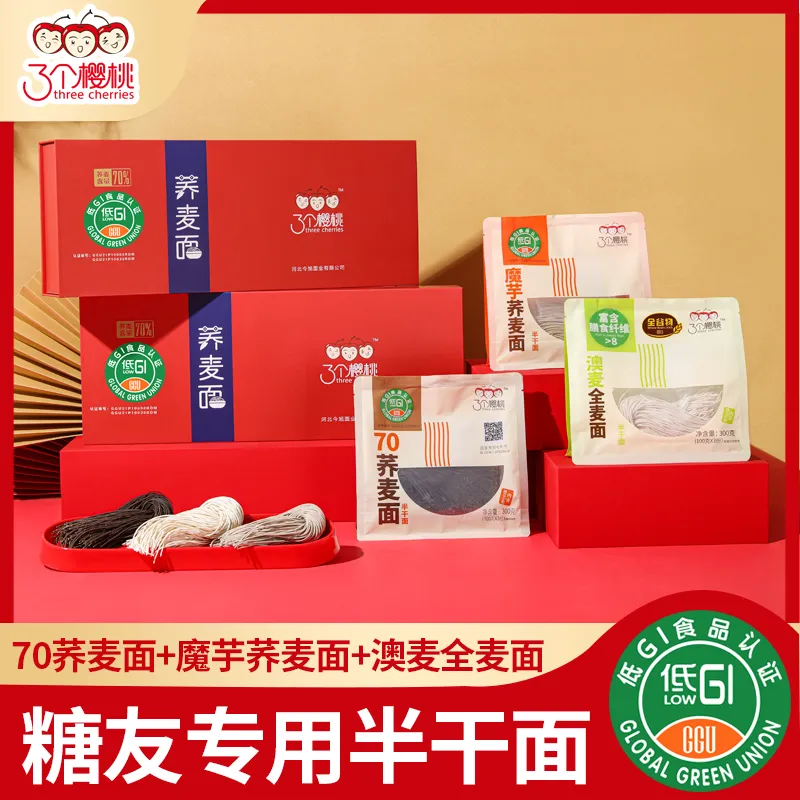chinese spicy cold noodles
The Delight of Chinese Spicy Cold Noodles
Chinese spicy cold noodles, known as Liangpi in Mandarin, have gained immense popularity both in China and abroad. This dish is not just a treat for the taste buds but also a refreshing option for warm weather. Made with a combination of cold noodles, vibrant vegetables, aromatic herbs, and a spicy, tangy dressing, it’s a culinary experience that encapsulates the essence of Chinese street food culture. Let’s delve into what makes this dish so beloved, exploring its preparation, taste, and historical significance.
A Culinary Tradition
Liangpi traces its roots to the Shaanxi province, where it was traditionally enjoyed as a summertime meal. The dish typically features cold noodles made from wheat or rice flour, which are hand-pulled or pressed into thin sheets, then cut into wide strips. This unique preparation is part of what gives Liangpi its chewy and satisfying texture. In addition to the base noodles, a vibrant array of toppings is integral to the dish. From shredded cucumber and bean sprouts to cilantro and garlic, these fresh ingredients not only add crunch but also a burst of color.
The true magic of Liangpi lies in its sauce, which combines chili oil, vinegar, soy sauce, and sesame paste, creating a perfect balance of heat and tanginess. Each component of the sauce plays an essential role – the chili oil provides the signature spiciness, while the vinegar adds a refreshing zing that complements the rich sesame paste. This careful balance of flavors is what elevates cold noodles from a simple dish to a culinary masterpiece.
The Perfect Serving
Serving Liangpi is an art in itself. Typically, the cold noodles are placed in a bowl and topped with a generous helping of the assorted vegetables and dressing. For the ultimate experience, it’s common to add crushed peanuts or sesame seeds for an extra layer of flavor and texture. Some variations may even include proteins like shredded chicken or tofu for a heartier meal. The colors, textures, and aromas all come together to create an inviting dish that is not just tasty but visually appealing as well.
A Spicy Sensation
chinese spicy cold noodles

The first bite of Liangpi is a burst of sensations. The coolness of the noodles immediately contrasts with the warmth of the spices, invoking a delightful tingle on the palate. The crunch of fresh vegetables complements the chewy noodles, while the aromatic dressing coats each strand, ensuring that every mouthful is packed with flavor. People often find themselves reaching for more, unable to resist the delightful combination of spicy, tangy, and nutty flavors.
This dish is not just popular among food enthusiasts; it has become a staple in various Chinese restaurants around the world. The rising trend of healthy eating and interest in plant-based diets have also contributed to its growing popularity, as Liangpi is naturally vegetarian and can be easily adapted to suit different dietary preferences.
Connective Culinary Culture
Beyond just the flavors and textures, Chinese spicy cold noodles represent a larger cultural narrative. Often enjoyed on bustling street corners in Xi'an or during family gatherings, it embodies the communal spirit of Chinese dining. Sharing a plate of Liangpi fosters connection, bringing people together over the shared experience of delicious food.
Moreover, as culinary traditions evolve, so does Liangpi. Contemporary chefs experiment with new ingredients and innovative methods, ensuring that this dish remains relevant while still honoring its traditional roots. For food lovers, this means there is always something new to discover within the familiar contours of this classic dish.
Conclusion
In conclusion, Chinese spicy cold noodles are more than just a meal; they are a vibrant representation of culinary heritage. Each ingredient, from the chewy noodles to the zesty dressing, contributes to a dish that is not only delicious but also steeped in tradition. Whether enjoyed at home or in a bustling restaurant, Liangpi offers a refreshing and satisfying dining experience that continues to delight palates around the world. It’s a dish that celebrates the beauty of simplicity and bold flavors, making it a must-try for anyone eager to explore the rich landscape of Chinese cuisine.
-
Unleash Your Inner Chef with Delectable Italian Pasta CreationsNewsAug.01,2025
-
Savor Health and Flavor: Irresistible Soba Noodles for Sale Await!NewsAug.01,2025
-
Nourish Your Body with Premium Organic Ramen - A Culinary Delight AwaitsNewsAug.01,2025
-
Elevate Your Dishes with Our Exquisite Kinds of Egg NoodlesNewsAug.01,2025
-
Dive into Flavorful Convenience with Our Ramen OfferingsNewsAug.01,2025
-
Discover Exquisite Types of Naengmyeon and Chilled Soba NoodlesNewsAug.01,2025
-
Is Whole Wheat Pasta Healthy?NewsMay.30,2025
Browse qua the following product new the we

















































































































